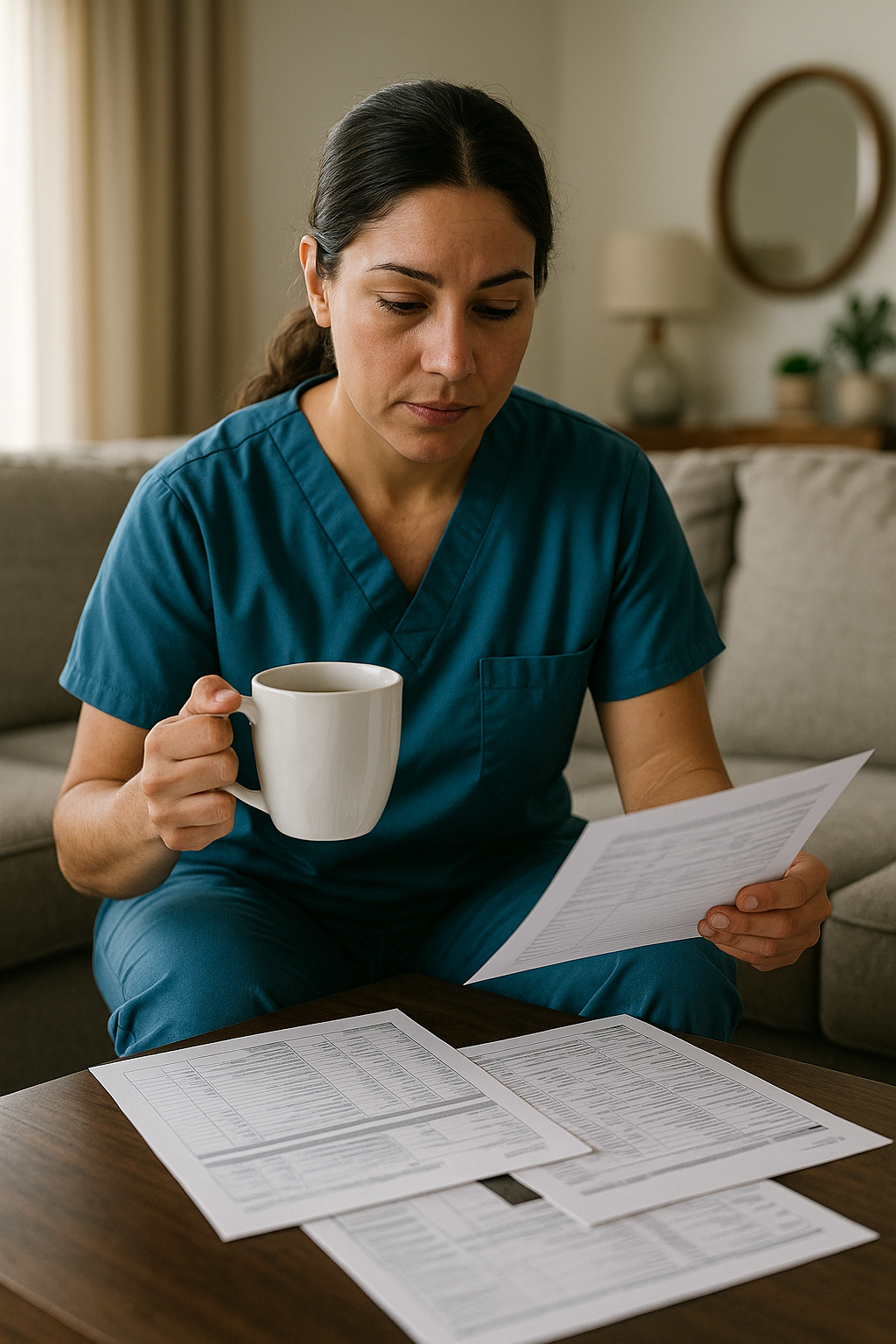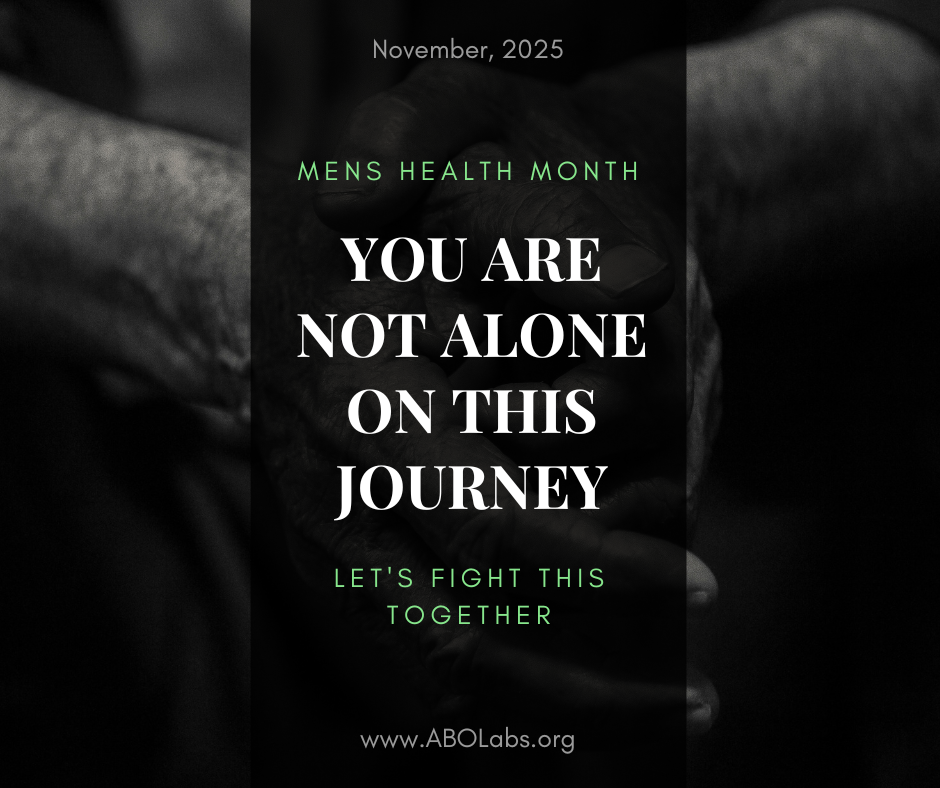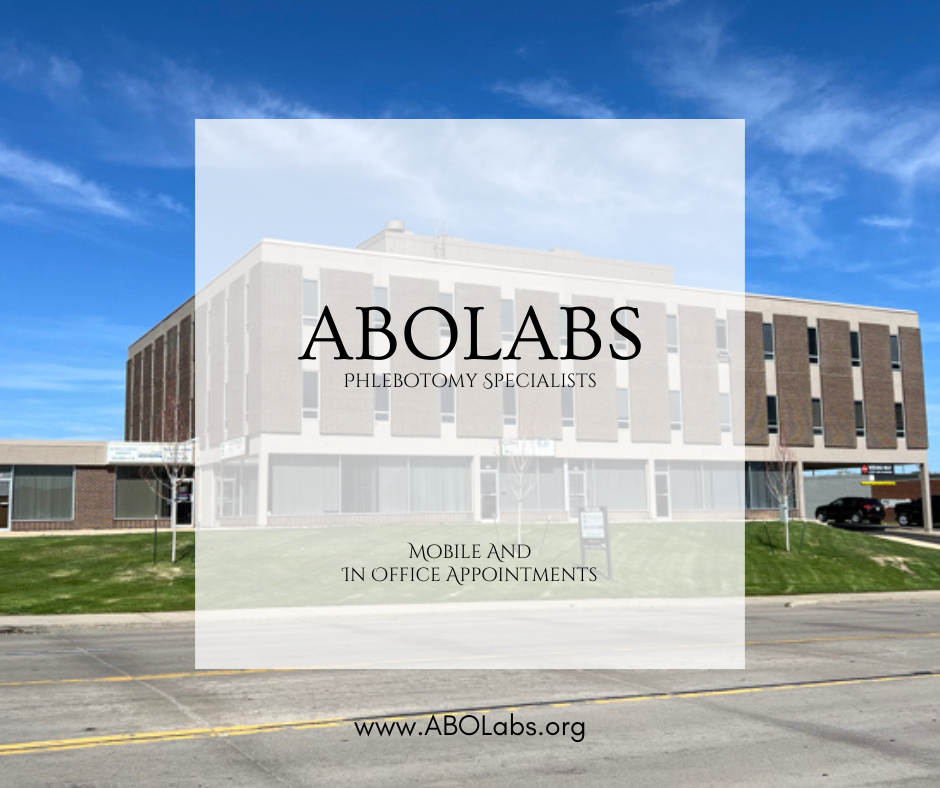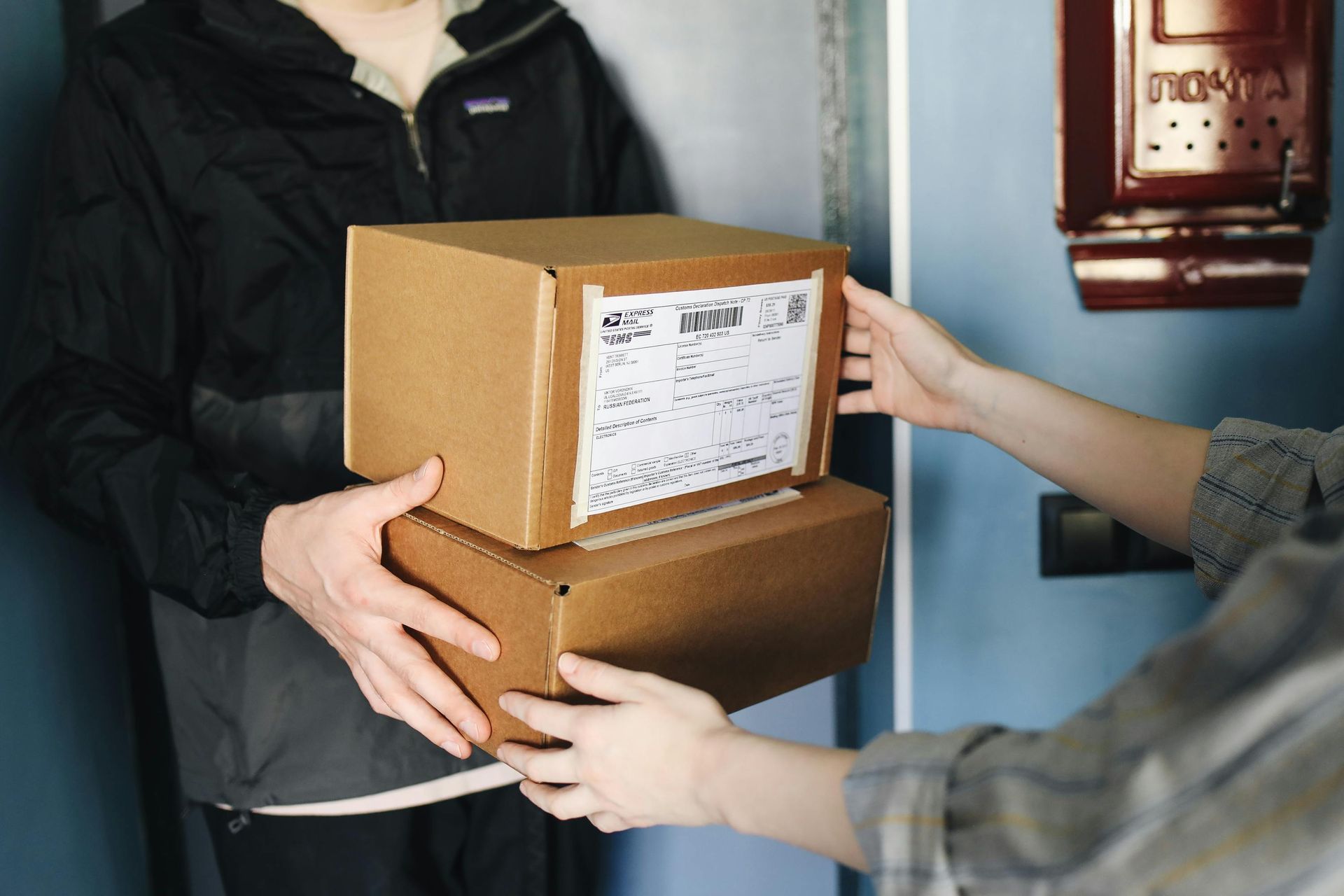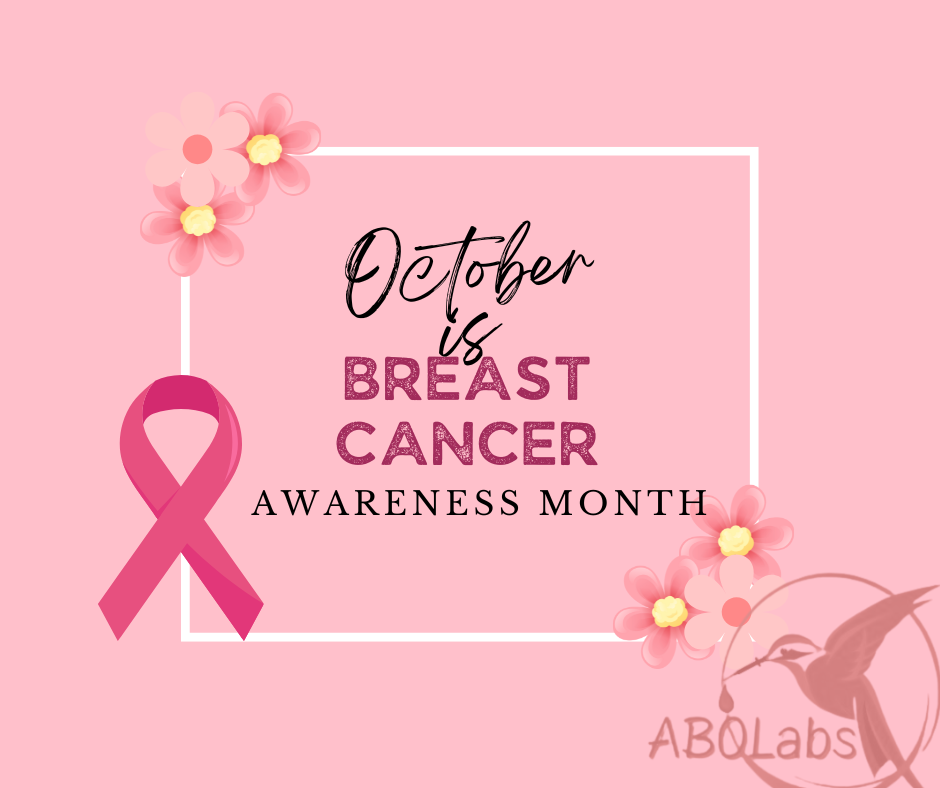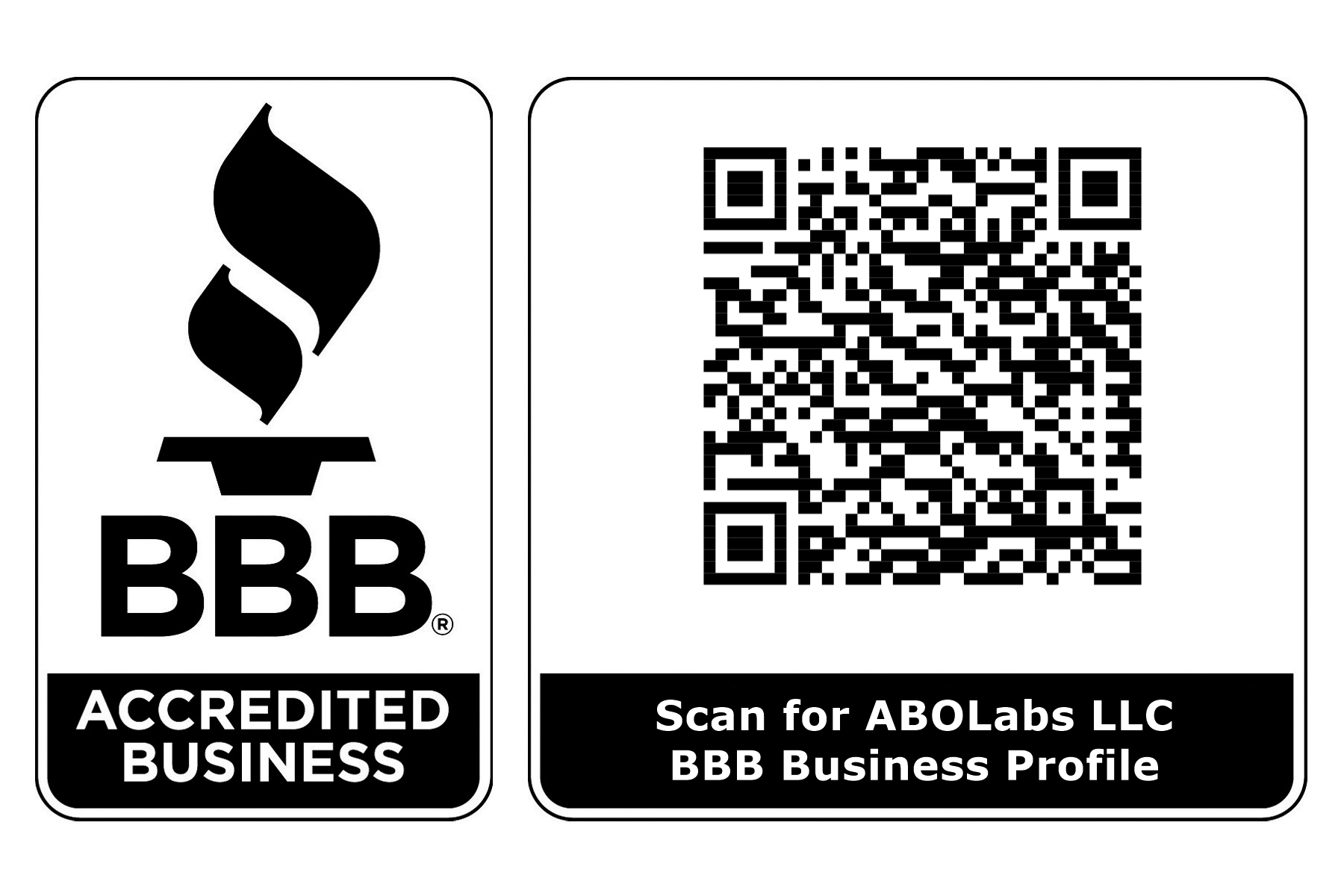The Hummingbird's Nest
Understanding the Mobile Draw Fee
If you’ve ever scheduled a mobile lab draw and noticed a “draw fee” on your invoice, you’re not alone — and you’re not being overcharged. Mobile phlebotomy services like ABOLabs bring professional, clinical-grade lab collection directly to your home, office, or care facility. The draw fee represents the cost of convenience, travel, time, and compliance — all critical to delivering a safe, reliable, and comfortable service outside a traditional clinic.
Unlike large lab corporations that require you to travel to them, mobile phlebotomists come to you — often covering dozens of miles, transporting biohazard materials under strict handling standards, and managing all the same safety and documentation protocols you’d find in a brick-and-mortar lab.
That base fee helps offset the cost of:
- Travel time & mileage (to and from your location)
- Medical supplies and PPE (used for every draw)
- Specimen handling, delivery, and compliance
- Scheduling, coordination, and communication time
- Professional certification & insurance requirements
In short, mobile phlebotomy draw fees exist to make lab access easier, especially for those who can’t (or shouldn’t) travel — from seniors and homebound patients to busy families and clinical research participants.
Why Insurance Usually Doesn’t Cover It
Most major insurance providers, including Medicare, Medicaid, and private carriers like UnitedHealthcare, Aetna, and Cigna, do not reimburse mobile draw fees. The reasoning is surprisingly simple:
Mobile phlebotomy isn’t classified as a billable medical service under most insurance coding structures. Instead, insurance companies cover the lab testing itself (the analysis performed by the laboratory), not the act of drawing the specimen at your home.
Medicare’s reimbursement rules (per CMS guidelines) only allow coverage for venipuncture performed within an approved laboratory setting — meaning that unless the phlebotomist works for a lab and the service is rendered on site, the fee is considered a convenience or travel charge, not a medical procedure.
Private insurance carriers follow similar standards, categorizing mobile draw services as
“non-covered ancillary services.”
That means mobile phlebotomy companies like ABOLabs operate on a
self-pay model, ensuring transparency and flexibility without surprise billing.
Why It’s Still Worth It
For many patients, paying directly for a mobile draw is well worth the cost. Here’s why:
- Time Savings: No waiting rooms, no lines, no commute.
- Accessibility: Ideal for mobility-impaired, homebound, or immunocompromised patients.
- Privacy & Comfort: Your draw happens in your space — not a crowded lab.
- Reliability: ABOLabs maintains HIPAA compliance, professional certifications, and same-day lab delivery.
- Flexibility: Schedule your draw around your life, not the other way around.
In most cases, patients pay less overall when they combine self-pay lab orders (like BostonHeart, Vibrant America, or Peekaboo kits) with mobile collection. Even though insurance doesn’t cover the visit, you save time, energy, and stress — and that’s priceless.
The ABOLabs Promise
At ABOLabs, transparency matters. We clearly list all draw fees upfront, with no surprise charges and no hidden add-ons. Whether you’re scheduling for yourself, a loved one, or a facility, our goal is to make lab work easier — not harder.
We believe access to healthcare shouldn’t depend on location or mobility.
That’s why every draw fee directly supports the people and protocols that make mobile lab care safe, compliant, and compassionate.







